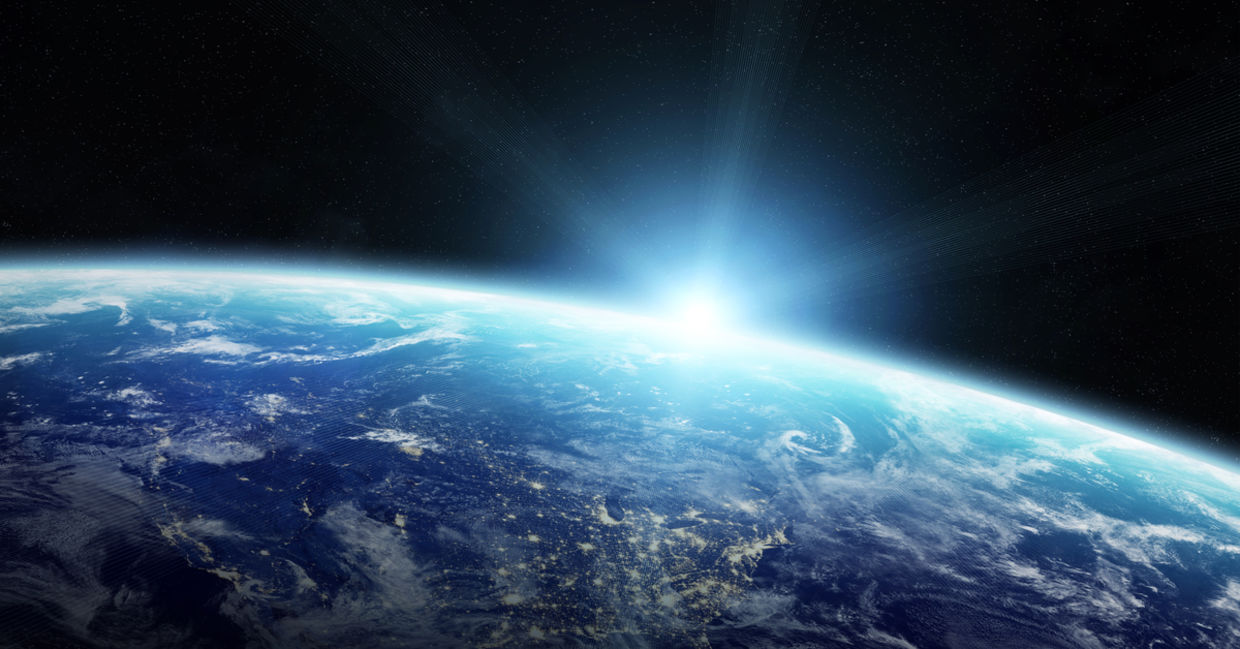
(sdecoret / Shutterstock.com)
Six to ten miles above our heads, lies a thin layer, no thicker than a coin in your pocket, that makes life on earth possible.
That layer is of course the Ozone layer. In 1985 scientists discovered that a then-common gas was actually damaging the Ozone Layer.
The international communty quickly sprang into action and in 1989 the Montreal Protocol was signed, banning the use of harmful CFC gasses.
The same scientists who worked on the initial discovery of the ozone hole are now thrilled that the recommendations they made 30 years ago are showing positive effects.
In fact, earlier this month, NASA and NOAA announced that the hole in the ozone layer was now at its smallest since 1988. Last year, the ozone hole reached a maximum 8.9 million square miles, 2 million square miles less than in 2015.
While these are certainly great news, there’s still a long time to go before the ozone layer will return to pre-1980 levels. A study found that the ozone hole was unlikely to recover to that extent before 2070.
These news are a welcome reminder that international efforts to combat environmental change can and do make a difference.
YOU MIGHT ALSO LIKE:
5 Top Eco Websites You Should Know
What is Your Everyday Carbon Footprint? [QUIZ]






